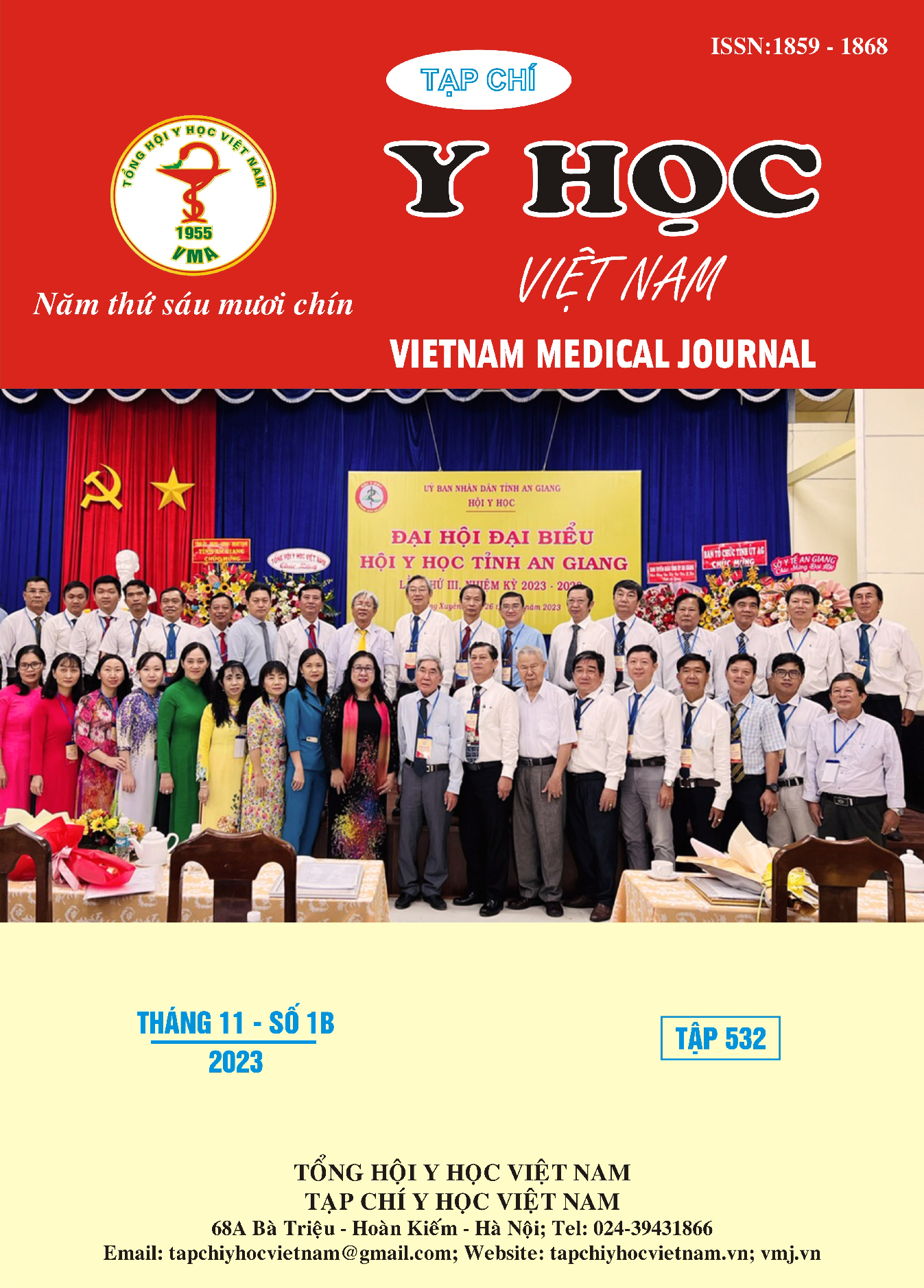A REVIEW OF ETIOLOGICAL FACTORS ASSOCIATED WITH ERYTHEMA NODOSUM AT UNIVERSITY MEDICAL CENTER OF HO CHI MINH CITY
Main Article Content
Abstract
Background: Erythema nodosum (EN) manifests a hypersensitivity reaction precipitated by many agents. There are many causes of EN, depending on ethnicity and geographical location. However, in 50% of cases, the cause may not be determined. Vietnam is located in an area where infectious diseases are highly prevalent. Objective: Describe the clinical and paraclinical characteristics between etiological groups of patients with erythema nodosum at University Medical Center In Ho Chi Minh City. It is understanding the relationship between epidemiological factors and the etiology of patients with erythema nodosum at University Medical Center In Ho Chi Minh City. Subjects and methods: A prospective, descriptive case series study was performed on all patients with erythema nodosum treated from 08/2021 to 03/2023 at University Medical Center of Ho Chi Minh City. Results: Of the total 42 patients participating in the study, the majority were female (female/male = 5/1); idiopathic EN patients accounted for 31%. Secondary EN patients accounted for 69%, of which the recorded etiologies included suspected streptococcal infection, suspected latent tuberculosis infection, and co-infection with latent tuberculosis and streptococcus, with a rate of 4.8%, 54.7%, and 9.5%, respectively. Analysis of epidemiological characteristics did not recognize factors related to the etiology in EN patients. Conclusion: EN is generally a benign and self-limiting condition but may be associated with different etiologies. Identifying and localizing the etiological diseases in EN patients in Vietnam is very important to solve the origin problem, bring about effective treatment, and improve the quality of life in patients
Article Details
Keywords
Erythema nodosum, etiology.
References
2. García‐Porrúa, C., et al., Erythema nodosum: etiologic and predictive factors in a defined population. Arthritis & Rheumatism: Official Journal of the American College of Rheumatology, 2000. 43(3): p. 584-592.
3. Cribier, B., et al., Erythema nodosum and associated diseases. A study of 129 cases. International journal of dermatology, 1998. 37(9): p. 667-672.
4. Jones, M. and P. de Keyser, Rash on the arms and legs. BMJ, 2015. 351.
5. Laborada, J. and P.R. Cohen, Tuberculosis-Associated Erythema Nodosum. Cureus, 2021. 13(12): p. e20184.
6. Rizvi, Z., et al., Erythema nodosum: a consequence of tuberculosis. Cureus, 2019. 11(5).
7. Limtong, P., et al., Clinicopathological Characteristics Related to Etiologies of Erythema Nodosum: A 10-Year Retrospective Study. Clinical, Cosmetic and Investigational Dermatology, 2021: p. 1819-1829.
8. Mert, A., et al., Erythema nodosum: an experience of 10 years. Scandinavian journal of infectious diseases, 2004. 36(6-7): p. 424-427.


